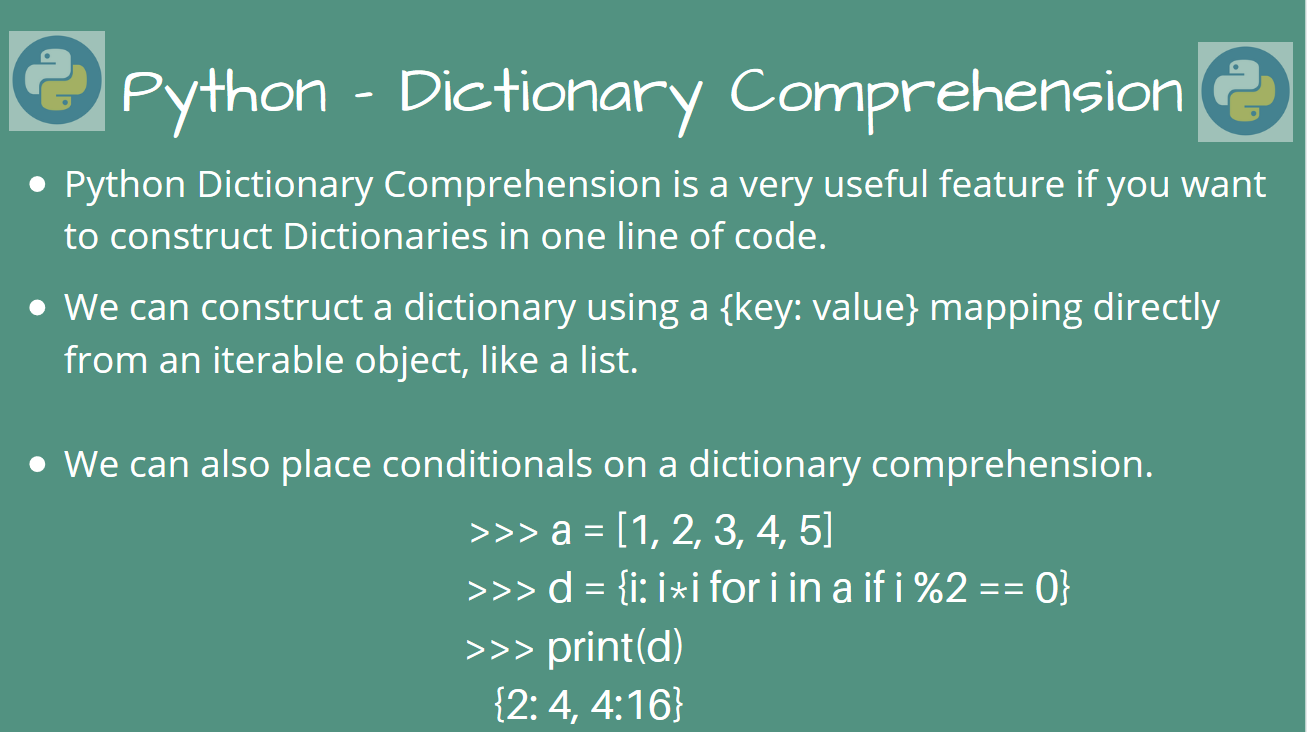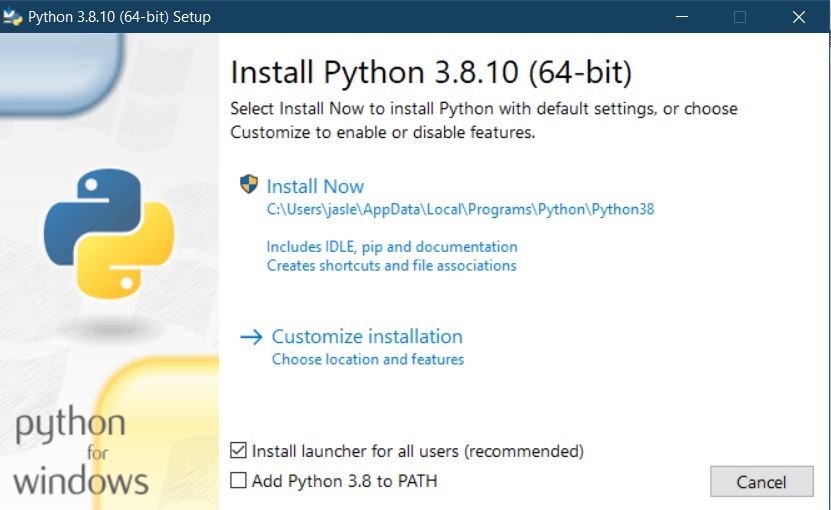What are the 6 operators in Python?
What are the 6 operators in Python?
I'd be happy to explain the six operators in Python!
Python is a programming language that uses various symbols, called operators, to perform operations on values and variables. There are six main types of operators in Python: arithmetic, comparison, logical, assignment, membership, and identity.
Arithmetic Operators:Arithmetic operators are used for mathematical calculations. The five basic arithmetic operators in Python are:
Addition (+): a + b = c Subtraction (-): a - b = c Multiplication (*): a * b = c Division (/ or //): a / b = c or a // b = c (for integer division) Modulus (%): a % b = cThese operators work as you would expect: adding two numbers, subtracting one from the other, multiplying them together, dividing one by another, and finding the remainder when one number is divided by another.
Comparison Operators:Comparison operators are used to compare values or variables. There are six comparison operators in Python:
Equal (==): a == b checks if two values or variables have the same value Not equal (!= or !=): a != b checks if two values or variables do not have the same value Greater than (>): a > b checks if one value or variable is greater than another Less than (<): a < b checks if one value or variable is less than another Greater than or equal to (>=): a >= b checks if one value or variable is greater than or equal to another Less than or equal to (<=): a <= b checks if one value or variable is less than or equal to anotherThese operators are used to compare values, variables, and expressions.
Logical Operators:Logical operators are used with Boolean expressions to determine the outcome of conditional statements. There are three logical operators in Python:
And (&): a and b returns True if both a and b are true Or (|): a or b returns True if at least one of a or b is true Not (~): not a returns False if a is True, and vice versaThese operators help you create more complex conditional statements.
Assignment Operators:Assignment operators are used to assign values or expressions to variables. There are several assignment operators in Python:
Simple assignment (=): a = b assigns the value of b to variable a Addition assignment (+=): a += b adds the value of b to a and assigns the result back to a Subtraction assignment (-=): a -= b subtracts the value of b from a and assigns the result back to a Multiplication assignment (*=): a *= b multiplies a by the value of b and assigns the result back to a Division assignment (/= or //=): a /= b or a //= b divides a by the value of b and assigns the result back to a Modulus assignment (%=): a %= b calculates the remainder of a divided by the value of b and assigns the result back to aThese operators make it easier to perform operations on variables.
Membership Operators:Membership operators are used to check if an item is present or not in a collection like list, tuple, or dictionary. There are two membership operators in Python:
In (in): a in b checks if the value a is present in the list, tuple, or dictionary b Not in (not in): a not in b checks if the value a is not present in the list, tuple, or dictionary bThese operators are used to check membership and non-membership.
Identity Operators:Identity operators are used to check if two objects or values have the same identity. There are three identity operators in Python:
Is (is): a is b checks if two variables point to the same object Is not (is not): a is not b checks if two variables do not point to the same object Identical to (is identical to): a is identical to b checks if two objects are the sameThese operators help you check for identity and non-identity.
In this article, we have discussed the six main types of operators in Python: arithmetic, comparison, logical, assignment, membership, and identity. Each operator serves a unique purpose in your coding endeavors!
What is operator in Python

I'm happy to respond in English for you!
In the world of programming, particularly in Python, an operator is a symbol or phrase used to perform operations on values or variables. It's a crucial concept that allows programmers to manipulate data, make decisions, and control the flow of their code.
Python operators can be categorized into several groups:
Arithmetic Operators: These are used for mathematical calculations, such as addition (+), subtraction (-), multiplication (*), division (/), modulus (%), exponentiation (**), and floor division (//).
Example: a = 5; b = 3; c = a + b would result in c being assigned the value 8.
Example: if a == 5: would evaluate whether a is equal to 5, and if true, execute the code within the if block.
Example: if a > 0 and b < 10: would evaluate whether both conditions (a being greater than zero and b being less than ten) are true, and if so, execute the code within the if block.
Example: x = 5; y = x * 2 would set y equal to twice the value of x, which is 10.
Example: a = 3; b = a & 1 would set b equal to the result of performing a bitwise AND operation between a and the integer 1, which is 1.
Example: if 'x' in ['a', 'b', 'c']: would evaluate whether the string 'x' is present in the given sequence, and if true, execute the code within the if block.
Example: if x is y: would evaluate whether both x and y reference the same object in memory, and if true, execute the code within the if block.
In conclusion, Python operators are an essential part of programming in this language. By mastering these symbols and phrases, you'll be able to write concise, expressive, and efficient code that accomplishes your tasks with ease!





























